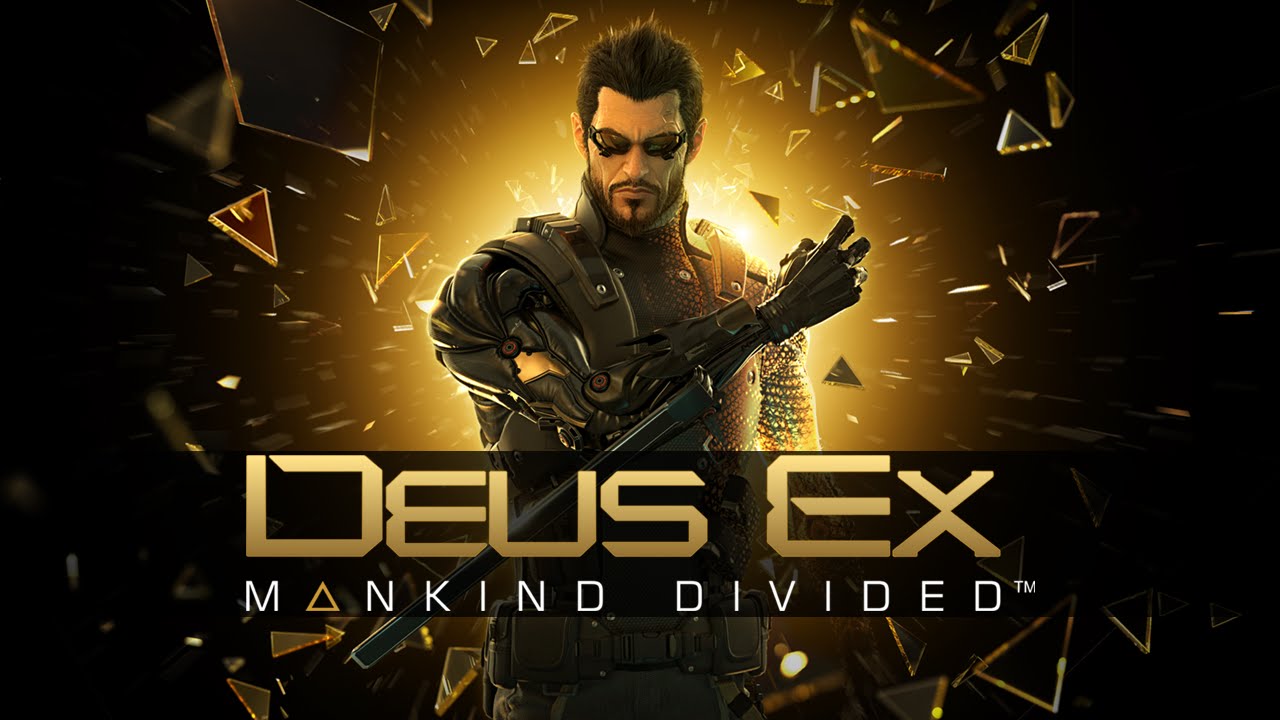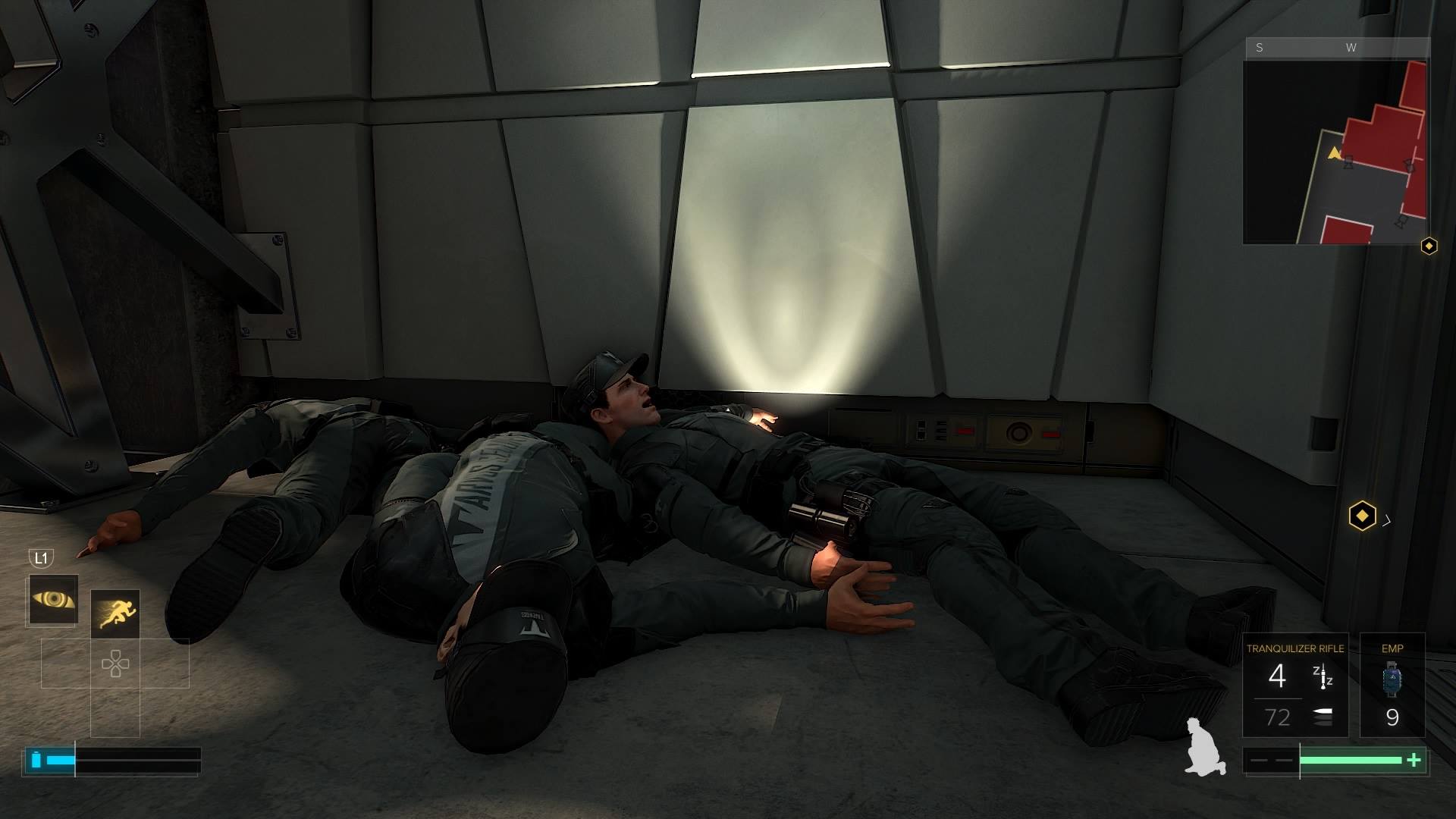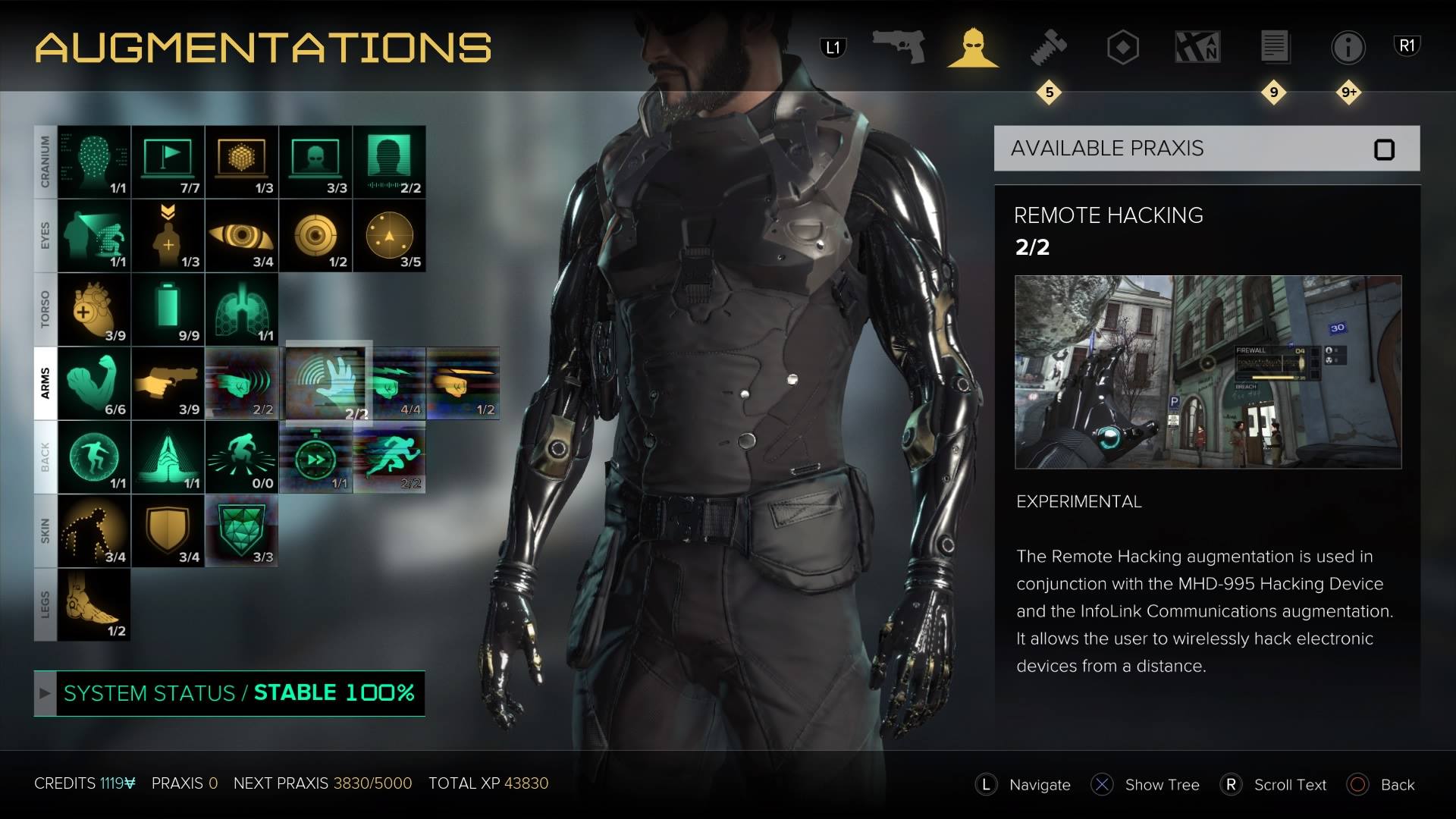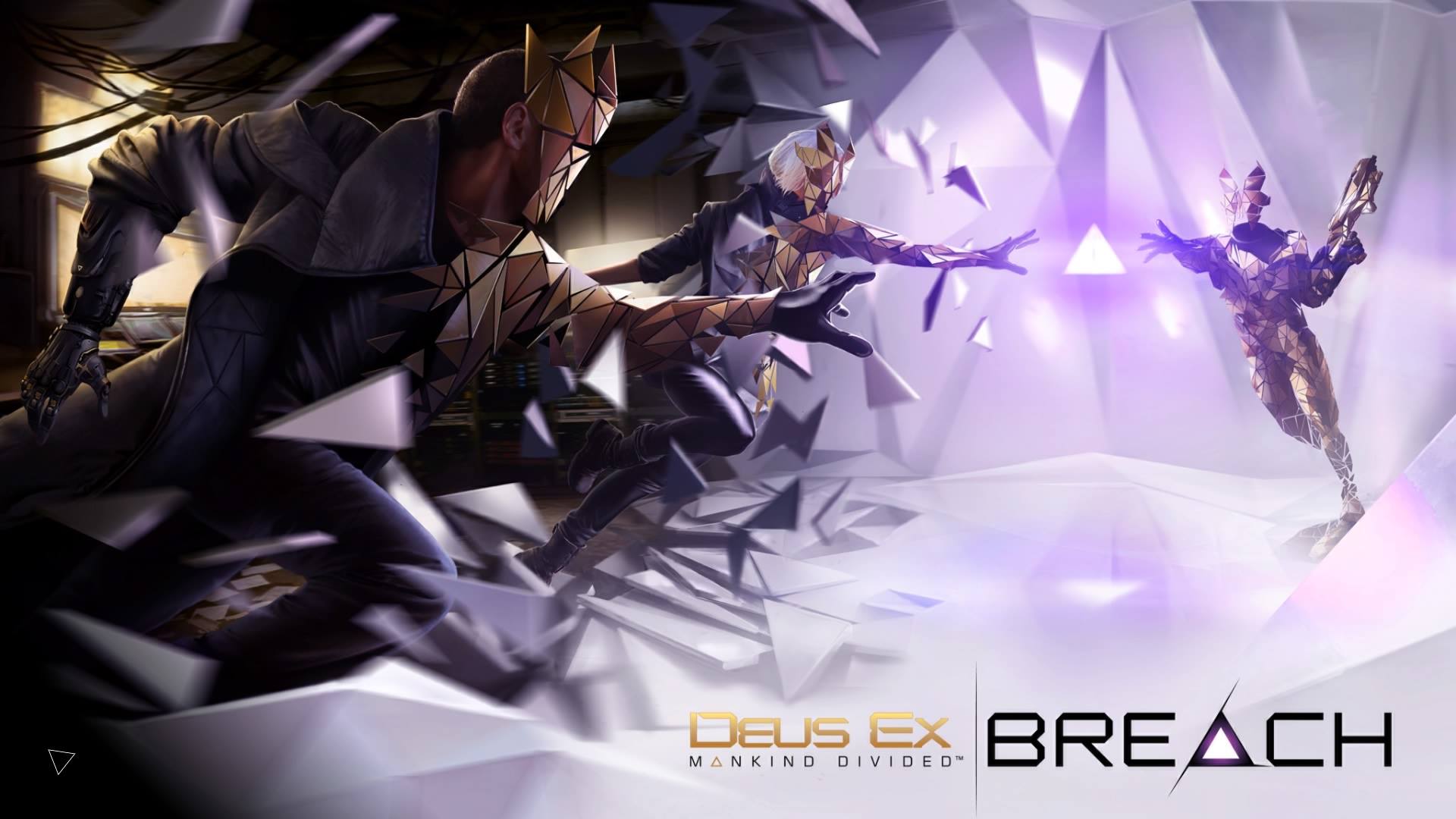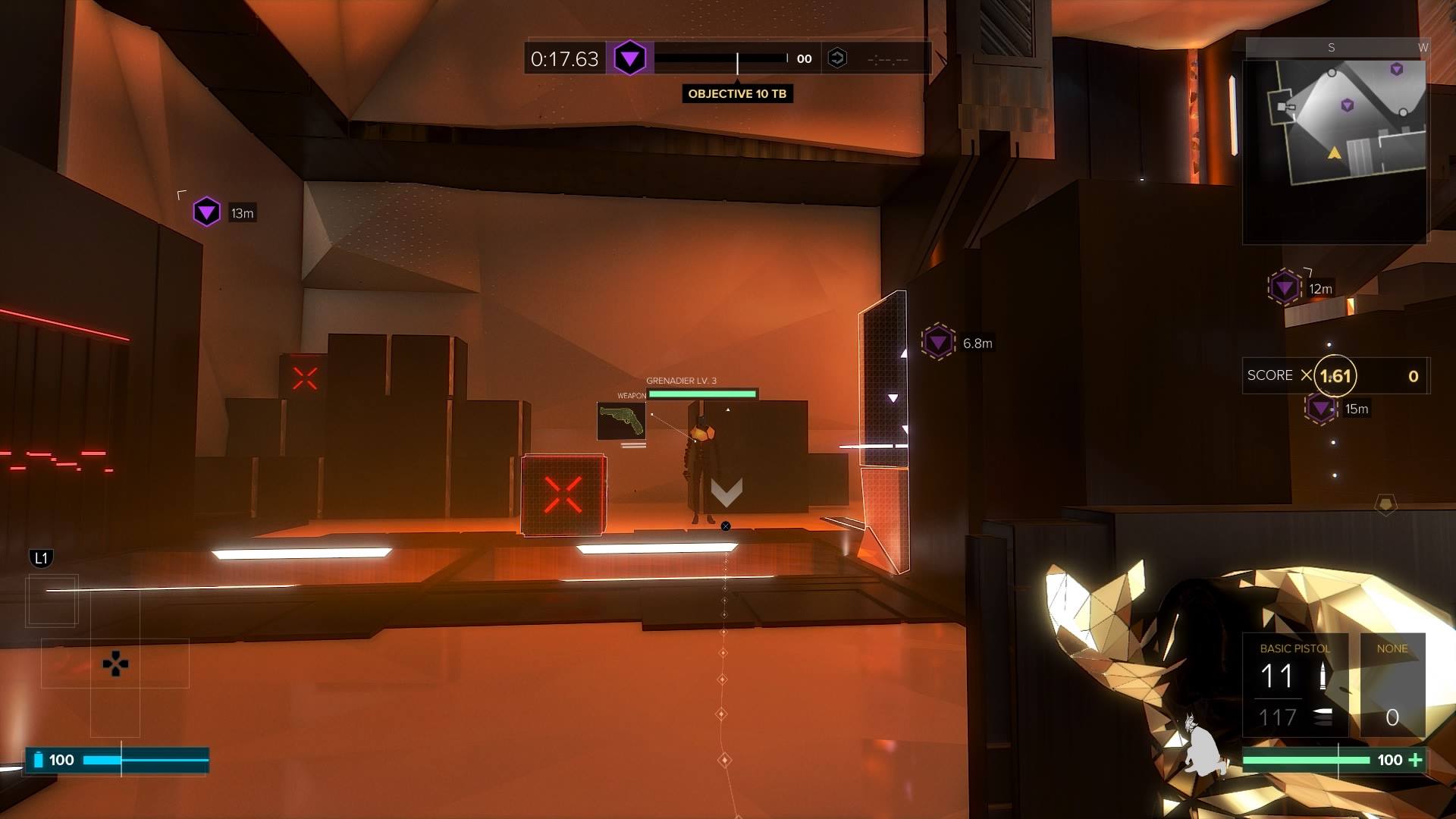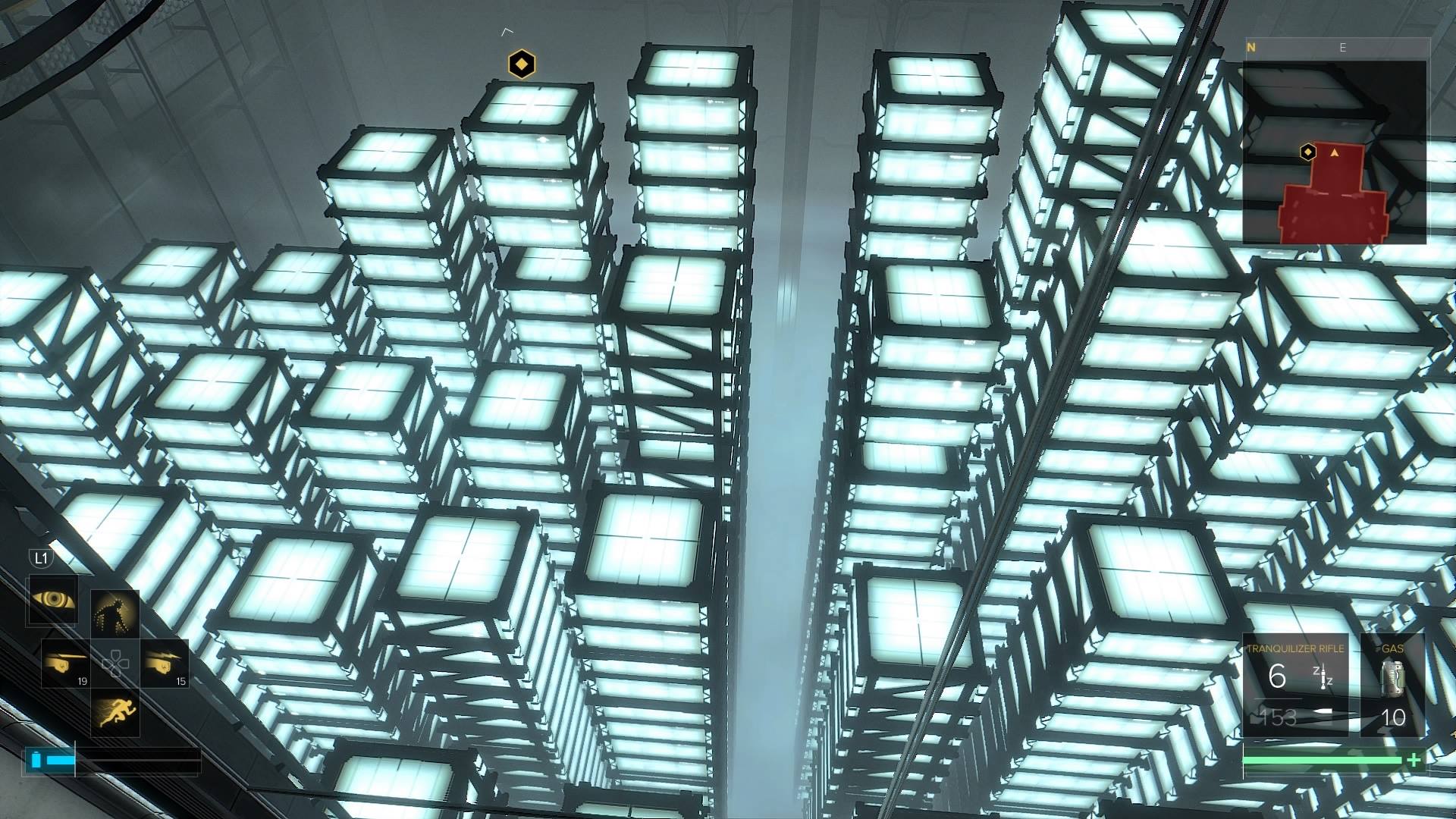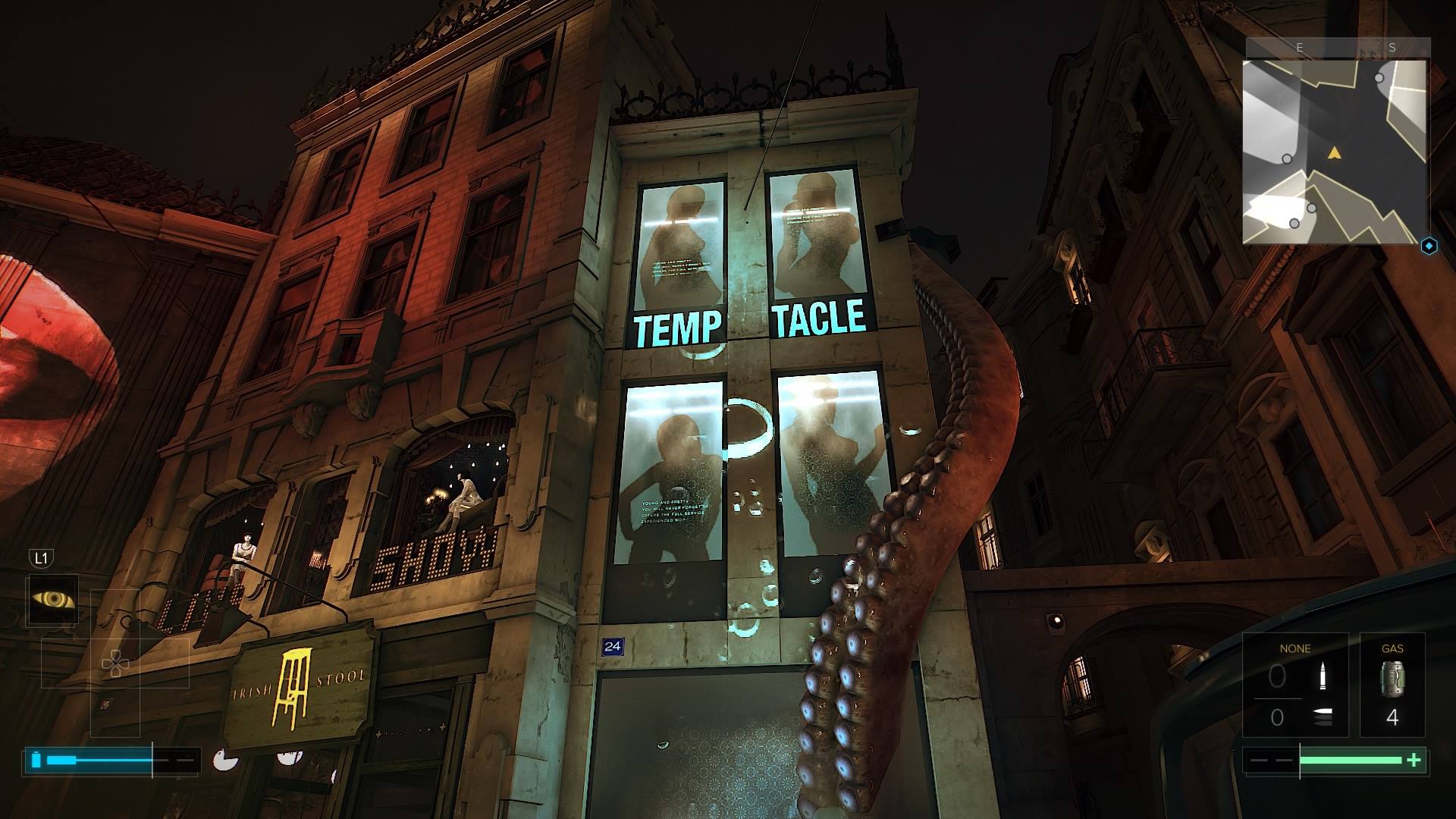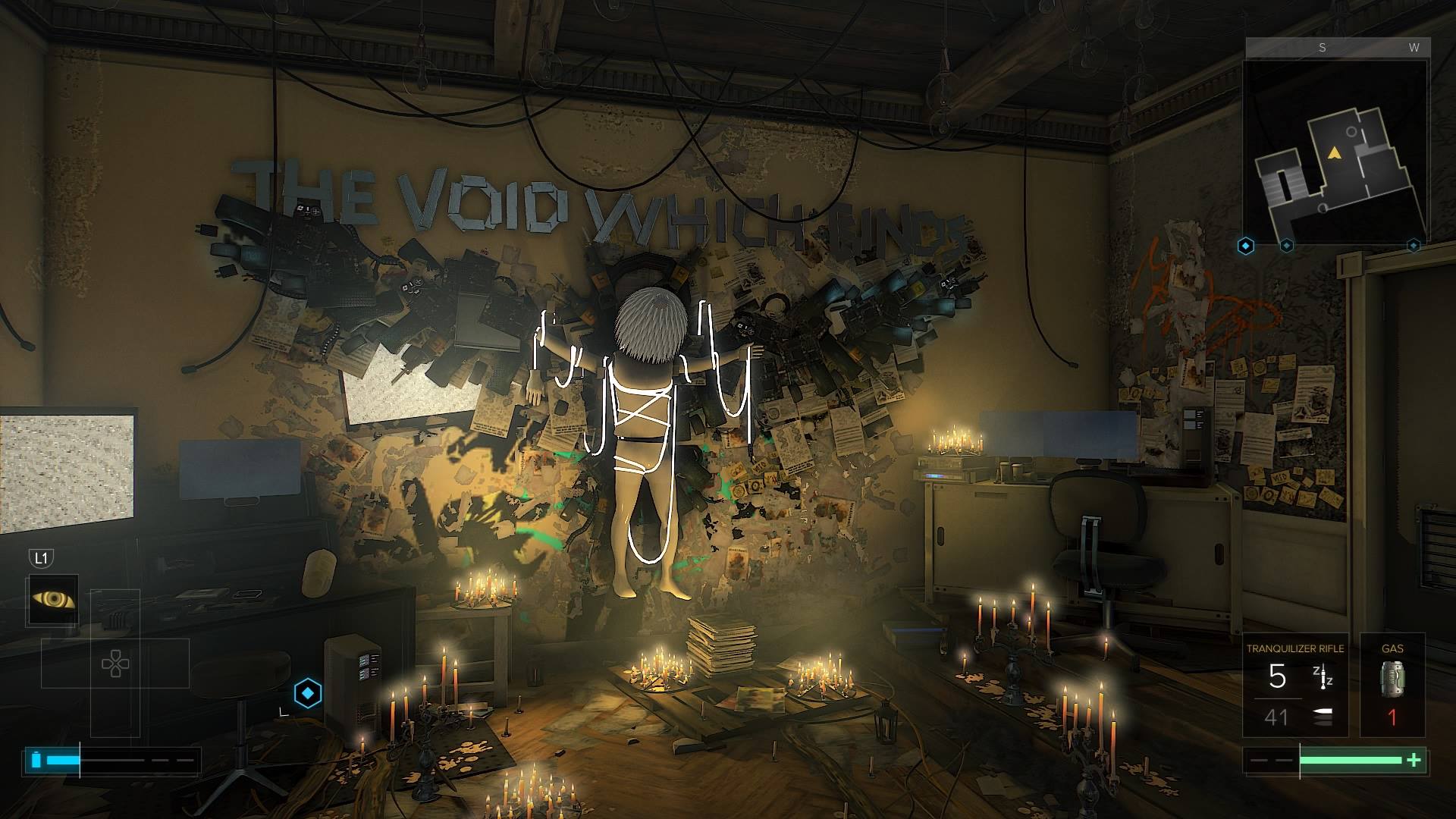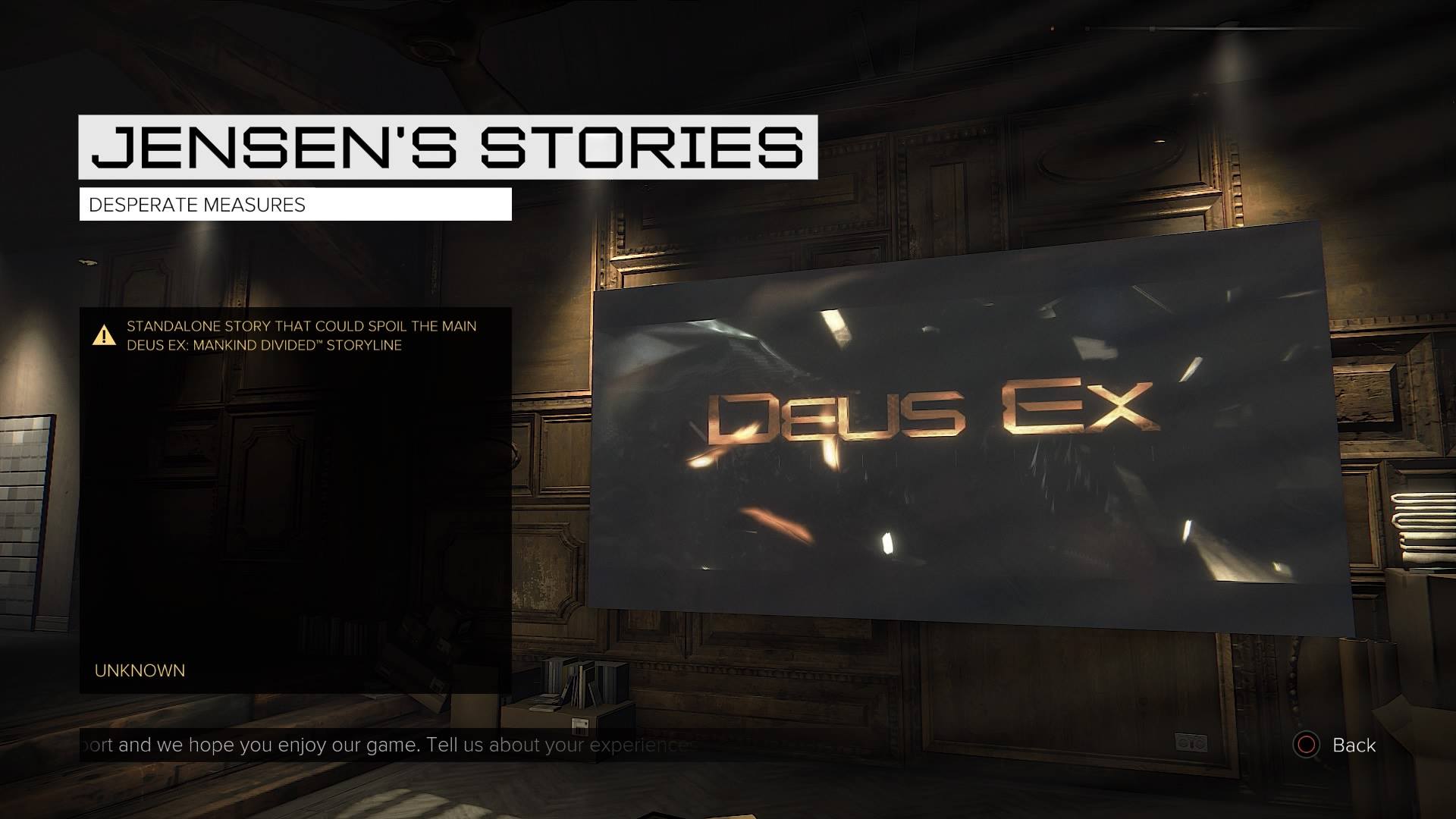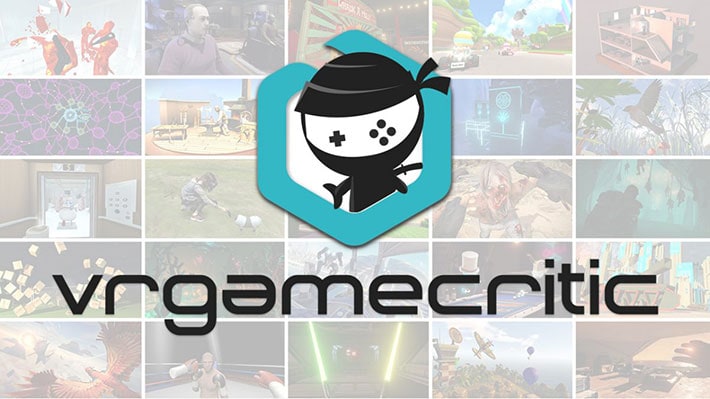Two Weeks In Prague With Deus Ex
Warning: contains some spoilers from Deus Ex: Human Revolution
For those of us who have waited with baited breath for the return of our favorite vent-exploiting, energy bar-dependent, ‘non-lethal’ takedown machine, the past two weeks have likely been good ones. Deus Ex returns as does Adam Jensen in his European adventure, Deus Ex: Mankind Divided. The title will bring back a lot of old nostalgia for those who loved Deus Ex: Human Revolution. In Mankind Divided, Adam Jensen takes on international terrorism, Illuminati conspiracies, and underground hacktivists with a range of familiar tools as well as a few new surprises.
The game takes place two years after the events of Human Revolution and a year after the game’s tie-in novel, Deus Ex: Black Light. In the wake of the Aug Incident that caused millions of augmented humans to go berzerk by the hand of an Illuminati conspirator gone rogue, the world is finding itself segregated into zones where augs (cybernetically augmented persons) live and zones where naturals live. The divide is being expanded by the shadowy hands of the Illuminati, and the rift gets wider by the day via the conspiracy’s proxy agencies and corporate pawns. Since awakening in an internment camp labeled as a clinic facility for Augs who survived the Aug Incident, Jensen has joined two groups with somewhat competing agendas: Task Force 29 and the Juggernaut Collective (a global counter-terrorism agency and a rogue hacktivist group respectively). He’s stationed in Prague when things start getting interesting – TF29 begins an investigation into ARC, a pro-aug group that may turn out to not be as peaceful as it’s creator and figurehead might like it to be. From there, Adam does what he does best: kicking ass and taking his struggle to the Illuminati.
Gameplay: What’s Old Is New (Ish)
Sitting down to begin the newest entry to the Deus Ex franchise, I found that the game remains true to it’s roots from the prior release, Deus Ex: Human Revolution. Just about everything you remember from the management screens are familiar, and old systems of XP, equipment, and augmentation are almost a direct port from old systems. While some of the controls have changed, it allows you to retain old control schemas from Human Revolution. Gameplay is equally similar – why fix what isn’t broken? They did however optimize a couple of functions, most notably the cover system which features more readily visible options like vault and path prediction displays.
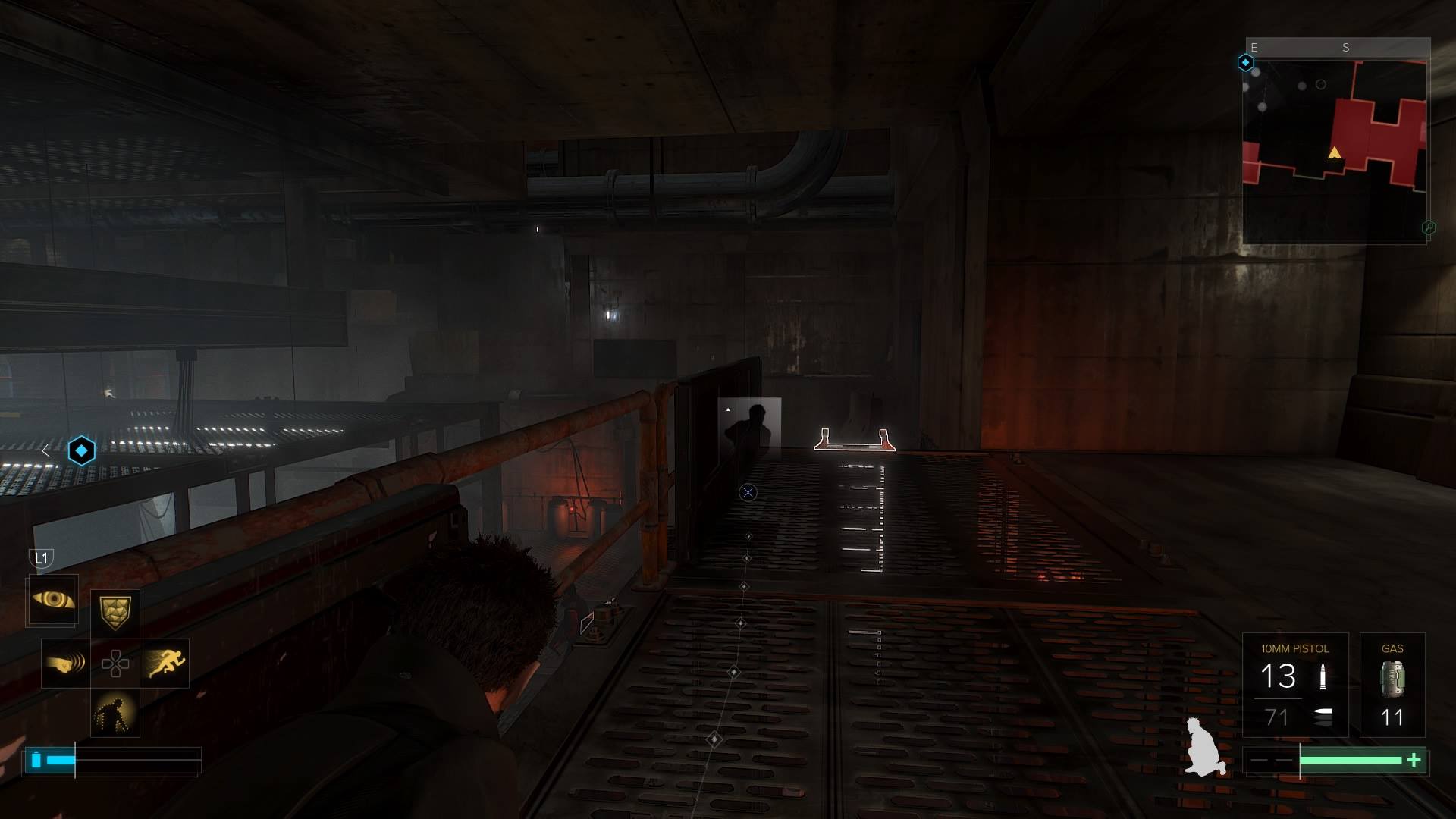
Though in this case, no matter where you go… you’re still in a western-European sewer. Hope you’re vaccinated.
One of the greatest improvements for my money is that the game’s takedown system finally takes the environment into account. It used to be that you’d come up to a hostile, take them down, but not really factor in consequences. This frequently left you with a body to drag that was right there in the open in front of god and everybody. Then some other dude would see it and either freak out or pull an alarm. Not so any longer, provided you play it smart. If Adam is up against a wall and a random thug gets too close, you not only take them down, but you actually throw them out of sight!
Jensen 2.0
What is new is the introduction of a couple of things, particularly seven new, experimental augmentations that Jensen can open up. They run the gamut from the purely utilitarian (Like the Icarus dash which lets you get a quick burst of speed forward) to the absolutely monstrous (insanely tough TITAN Armor and long-range Nanoblades). Add to this the TESLA (a multi-target taser system), Focus Enhancement (bullet time, baby), built in PEPS (no longer an inventory hog item per the last game), and lastly, a personal favorite: Remote Hacking that lets you deactivate items for short times, or altogether knockout lesser systems.
In addition to the new augs, their power consumption is a little… hardcore. The augmentation options introduce a stability mechanic in which you’ll have to choose which experimental augs you want to run. If you like living dangerously, you can activate all of the new augs – but you have a higher chance of them glitching out when you need them the most. Or, you can walk the safer path and disable some of them temporarily, sacrificing lots of options for a narrower set of new toys.
Or, if you’re really a fan of older systems, you can forego the all new augmentations and stick with the classics. I unwittingly did this on my first playthrough, using mostly hacking augments, with a few basic mobility augments (for jumping/falling) and dexterity enhancers for multi foe takedowns.
An Armed Society is a Not So Polite Society
Guns, guns, guns. While Deus Ex has always emphasized stealth over run-and-gun tactics on its experience curve, they opted to diversify their weapons system. You’ll find most of the old classics here. From the basic but essential 10mm handgun to the more powerful grenade launcher and sniper rifle, there’s a gun for every occasion. But, Eidos added in a few new surprises. For one, the ammo system has been diversified – you can get standard, EMP, and armor-piercing rounds. Furthermore, you can adjust firing modes for most weapons, opting to go into full-auto or burst. Weapon enhancements also are present again, such as the laser sight, but they can be affixed and even swapped out for when you don’t need them. Upgrades to basic stats are there too, and you can use crafting parts on them to improve rate of fire, damage output, and clip size.
Did someone say Crafting?
A new crafting system also debuts in Mankind Divided. While I wasn’t enamored of it at first, I found that I came to love it as time went on. I’d find crafting parts spread throughout the various sites in the game, and when I first looked up uses for them it looked like they were basically good for making a very small number of items: biocells (replacing the energy bars and protein mixes of Human Revolution), multi-tools for auto-hacking terminals, mine templates, and a few ammo types for more exotic cyberware (TESLA darts, Nanoblades, and Typhoon Ammo). But, you can use these parts to make changes to weapons as seen earlier. Once I saw how that worked, crafting really opened up.
Hack the Planet (or At Least the Planet’s Door Locks)
One of the things though that I really came to love were the additions to the Hacking system. The hack mechanic from Deus Ex: Human Revolution was fun, but it quickly became apparent that you did not need anything but Capture upgrades and Hacking Stealth. Fortify was almost an afterthought – I never needed it.
Times have changed.
Fortifying is almost essential and you’ll find familiar Slow Worms and Nuke Viruses aplenty – but there’s a whole new array of hacking programs and options. The hacking system has not only made Fortifying nodes worthwhile and intensely useful, they add in new ones like Stealth (to reduce node capture detection to zero), Overclock (speeding up captures), Datascan (showing you what’s in a given datastore) and Reveal (removing the fog of war from a system).
Did I mention that systems are sometimes shadowed now with a fog of war? Oh, and that there are hidden firewalls that (unless you know where they are from a failed attempt) you don’t see until you trip them?
It may look the same, but hacking got a lot more in depth and a lot more challenging.
Breach
If the main game isn’t enough for you, you can always take on Breach, the built in mini-game featuring Rippers – hackers who go after sensitive corporate data.
Now, one might expect that this would be supplying one with the same kind of hacking that Adam uses on the daily. You would be wrong. This is NSN hacking (a type of hacking you briefly use in a mission in-game – no spoilers). And ultimately… it’s kind of disappointing. NSN hacking is virtual and immersive – so much so that it uses all of the stealth gameplay mechanics, just with a new coat of paint. It’s just the basic game with a focus on stealing stuff. I kind of wish it was just mini-game hacks with a focus on puzzle solving. It’s just more of the same basic gameplay, hoping you might not notice.
And of course, it has two things I hate: Random booster packs and leaderboards. Want to feel depressed? Look at the leaderboards!
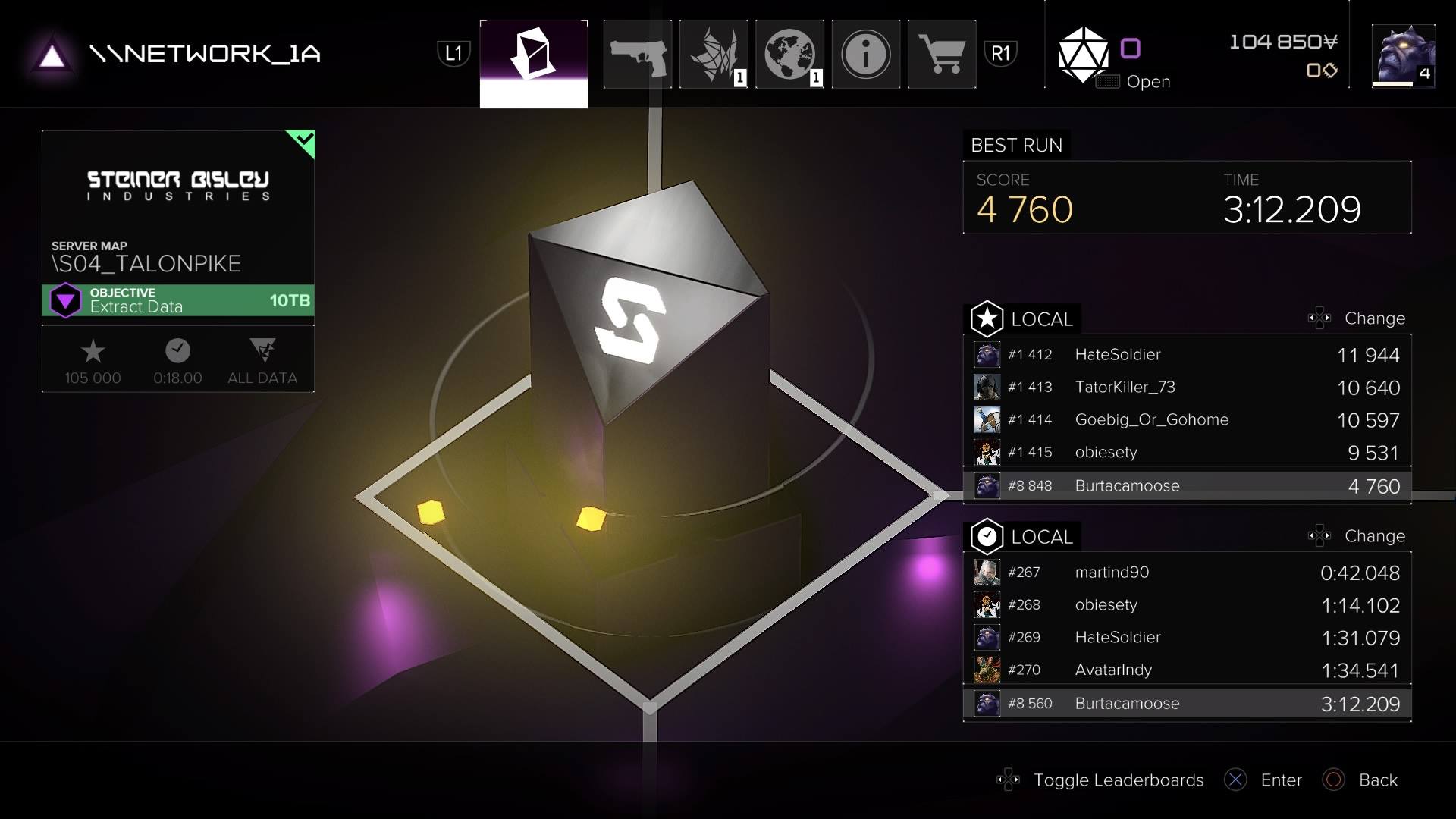
I’m ranked in the high 8,000’s! I’m not anywhere near good enough to feel validated by the expectations of strangers!
Breach kind of fell flat for me, like most online content does. But, I suppose it’s a niche thing for those who enjoy competition and sleek-yet-boxy corporate virtual realities.
All of the Feels
What really grabs me about this title (and what grabbed me about Human Revolution) is the overall feel and depth to their detailed and growing universe. It’s a cyberpunk story about what happens when humans are given the ability to either make up for gross instances of misfortune with new limbs and other prosthesis, or to ‘upgrade’ themselves to do more. As a person with a thorough list of biological misfortunes from nearsightedness to the inability to process sugars correctly, I have always looked to the future in hopes that I could get myself some cybernetic modifications (still waiting on Oakley cybereyes), and sadly, I think this game is as close as I’m liable to get.
But, what would those needed prostheses and opt-in upgrade really cost? Would it be for everyone? Would there be an ongoing, hidden cost? What happens to your privacy when your body needs frequent firmware updates? Who watches the suppliers? Can anyone stop the suppliers if they get up to dirty business? Qui bono – who gains? Those with information and vast bank accounts, that’s who.
The game still carries that feel to it. It shows you a plausible future in which we reach for the transhuman, attain it, then watch what happens when reach exceeds grasp. It shows you what happens when the most secretive and powerful men and women in society cast their hats into the ring and really get down to the business of control.
It features hacktivists, punks, renegades, criminals, corrupt cops and politicians, scum, honest detectives, street people, and even regular working stiffs. And all of them are feeling something. Sometimes it’s oppression. Sometimes it’s avarice. Sometimes it’s just wanting to get by one day without being made to know that ‘you are different and that’s bad.’ Sometimes it’s even abandoning your free will to some crazy singularity cult.
And yet, it’s a world we can still believe in. Planes still cross the skies, people get up and go to work. They have their personal demons. They have their joys and struggles and setbacks. And more importantly, they have the subway.
Drawbacks
Given that I’ve had mostly glowing and positive things to say thus far (Breach aside), there’s a couple things to be aware of.
The game feels shorter in comparison to Human Revolution. Maybe it’s that I don’t know where all of the side quests are. Maybe I marathoned a bit more than I usually do. But, according to other gamers I’ve spoken to, they also feel that the story goes very quickly. It doesn’t feel truncated to the point of resenting my hard earned sixty bucks (The Order, anyone?), but it’s something to be aware of going in.
Additionally, there are glitches, and I ain’t talking cybernetic augs. I’ve had laser sights stop working, shotguns that come out pointing at my feet (I don’t want a new prosthesis that bad), and points where the game flat out shits the bed, crashing the application, and sometimes my PS4. These happen rarely, but often enough to notice in a short two week period. This might tie into the fact that the PS4 sounds like a Cesna jet taking off while the game chugs away. It’s gonna push your hardware, so be ready for anything.
Then there’s Jensen’s Stories which remains… inaccessible. I’ve seen reports of the single available extra-curricular adventure ‘Desperate Measures’ working for other folks playing the game, but it simply doesn’t load for me. I’ve done a fair amount of searching, and no one’s mentioned needing to download it or having any issues launching it. It’s not listed in the PSN store either.It might just be me – but I’m not sure.
Lastly, the persistent weird logic remains. No one thinks it’s weird that a dude just walks up to a wall, pops a vent, then crawls in like he lives there. This triggers no alarms or even a stray glance – not even right at the edge of a restricted zone. If I saw someone come into my office – an office containing sensitive corporate data – and just crawl into the HVAC ducts, I’d be hitting that panic button hard. Likewise, if I know there’s a hardened killer in my place of business, and the alarm goes off and I can’t find him… that alarm stays on and I keep searching until I find the vent ninja that killed Security Guard Bob and the rest of the second shift. Deus Ex is a game that has pushing limits as a core theme. Yet, the AI still is ruled by some very basic, sometimes stupid, logic. It’s something that always bothered me, but it’s a little thing really. And beside, gaming systems is what we’re wired to do as humans. So, use it to your advantage I guess.
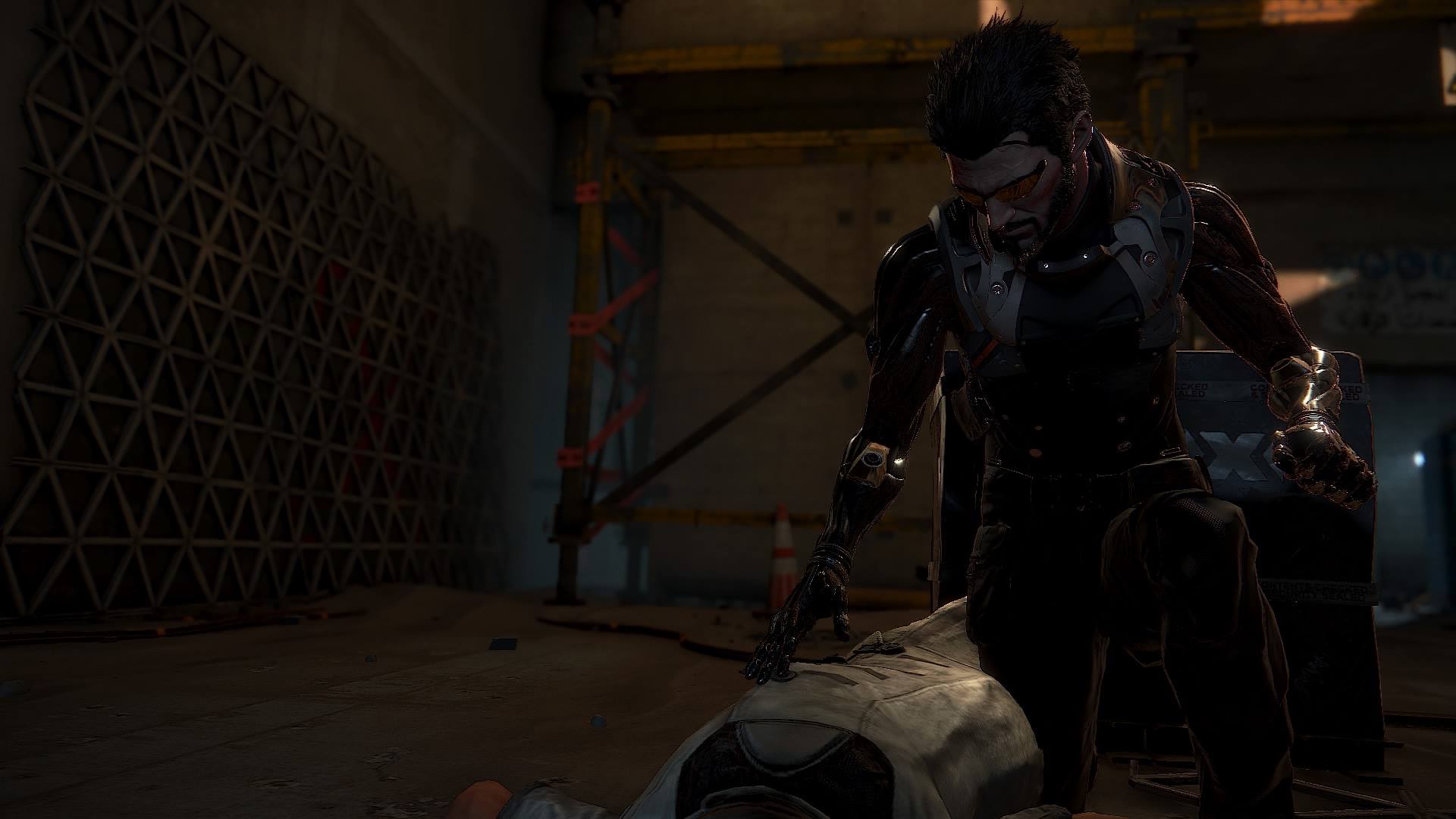
Sigh. Another dude to stuff into the vent. You’d think they’d notice the smell by now. Or that the entire second shift of security is gone.
The Sum-up
So, what does it all come down to? Do you put up the money for a AAA release or do you wait for the inevitable price drop or Game of the Year edition? For me, that answer is yes. Do it. It broke the tight hold Overwatch has held on me since June. It’s been two weeks of only playing Deus Ex: Mankind Divided; and, not because I had to write this review, but because it’s fun as hell. So, go be a cyborg. Hack all of the things. Drop all of the guards. Take all of the loot. Laugh maniacally while handing out takedowns like candy to people who rightly deserve them (or don’t – sometimes Adam gets confused). I recommend this for stealth game players and hardcore combat junkies alike.
Final Verdict: 4.5/5

Available on: PS4 (reviewed) Xbox One, Steam; Publisher: Square-Enix ; Developer: Eidos Montreal ; Players: 1 ; Released: August 23, 2016 ; MSRP: $59.99
This review was based on a retail copy of Deus Ex: Mankind Divided purchased by Hey Poor Player.

